The rise of artificial intelligence has ushered in an era where forgery is no longer confined to skilled human hands. Among the most concerning developments is the ability of neural networks to replicate handwriting with unsettling accuracy. As AI-generated forgeries become increasingly sophisticated, the field of document authentication faces unprecedented challenges. Researchers are now developing advanced neural network-based systems to detect these synthetic creations, leading to an arms race between forgers and forensic experts.
The sophistication of modern AI handwriting generators has reached a point where even trained document examiners struggle to distinguish between genuine and fabricated samples. These systems analyze thousands of handwriting samples, learning the subtle variations in pressure, slant, and letter formation that make each person's writing unique. What once required years of practice to mimic can now be replicated in minutes by algorithms that have studied the nuances of penmanship more thoroughly than any human ever could.
Forensic laboratories are responding with their own AI-powered solutions. Neural network analysis tools examine handwriting at a microscopic level, detecting patterns invisible to the naked eye. These systems don't just look at how letters are formed, but analyze the physics of writing - the way ink interacts with paper fibers, the subtle tremors in stroke execution, and the fluid dynamics of pen movement. Where human experts might examine dozens of characteristics, AI systems evaluate thousands simultaneously.
The battle against AI forgery isn't just about protecting historical documents or verifying signatures. Legal systems worldwide are grappling with the implications of synthetic evidence. Court cases that once relied on handwriting analysis now require additional layers of verification as the reliability of traditional methods comes into question. This technological shift is forcing legal professionals to reconsider decades of precedent regarding document authentication.
One promising development involves quantum dot tagging combined with neural network verification. Documents can be marked with microscopic identifiers that interact with writing instruments in predictable ways. The AI authentication systems then look for these known interactions as part of their verification process. This approach combines physical security measures with digital verification, creating a hybrid solution that's significantly harder to forge.
Educational institutions are particularly vulnerable to AI-generated forgeries. Student assignments and examinations submitted electronically could potentially be generated by AI systems mimicking a student's writing style. Universities are now implementing neural network verification as part of their plagiarism detection suites, analyzing not just content but the writing style itself for signs of artificial generation.
The field continues to evolve rapidly, with new detection methods emerging nearly as fast as new forgery techniques. Behavioral biometrics represent the next frontier, analyzing not just what was written but how it was written. The speed and pressure variations of each stroke create a unique fingerprint that current AI systems struggle to replicate perfectly. Forensic experts are developing systems that can capture and analyze these dynamics during the writing process itself.
As the technology progresses, ethical questions emerge about the appropriate use of such powerful authentication tools. Privacy advocates warn that the same systems used to detect forgeries could be employed to identify anonymous writers or analyze personal documents without consent. The development of these technologies must be accompanied by robust discussions about their proper application and limitations.
The arms race between forgers and authenticators shows no signs of slowing. Each advancement in neural network technology creates both new opportunities for deception and new methods of detection. What remains clear is that the field of document authentication will never be the same, and society must adapt to a world where seeing is no longer believing when it comes to handwritten documents.
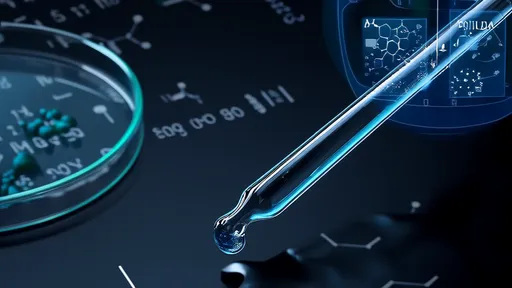
By /Jul 23, 2025
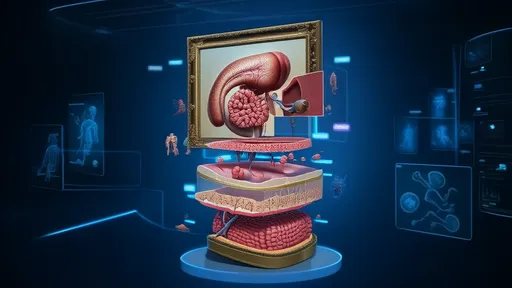
By /Jul 23, 2025
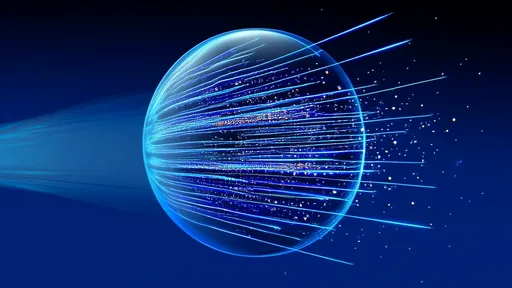
By /Jul 23, 2025
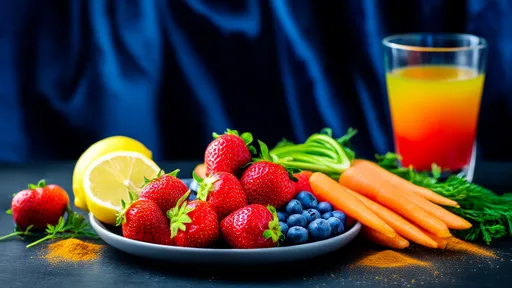
By /Jul 23, 2025
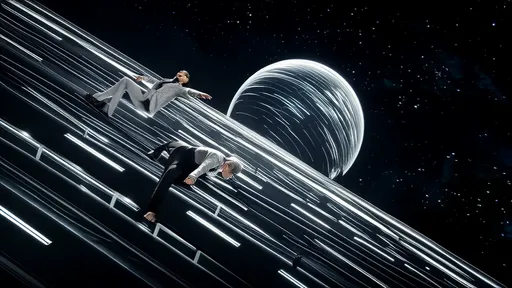
By /Jul 23, 2025
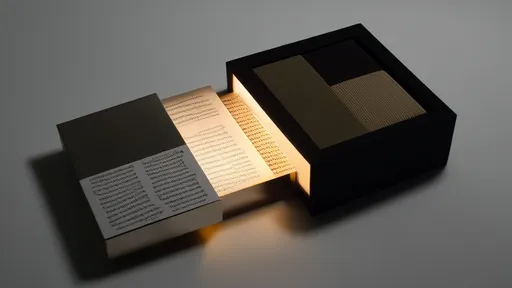
By /Jul 23, 2025

By /Jul 23, 2025
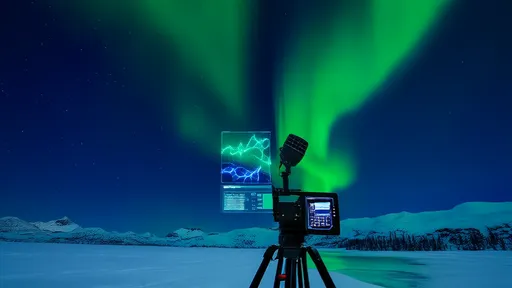
By /Jul 23, 2025

By /Jul 23, 2025
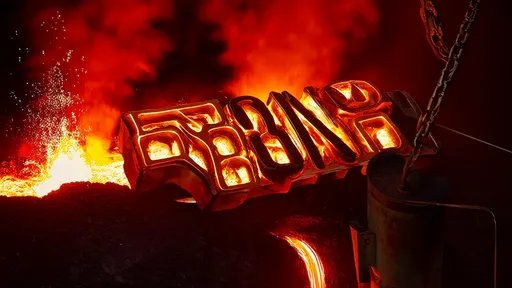
By /Jul 23, 2025
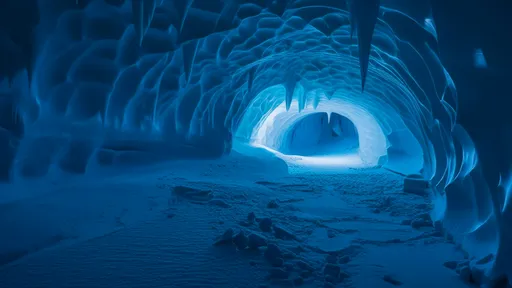
By /Jul 23, 2025
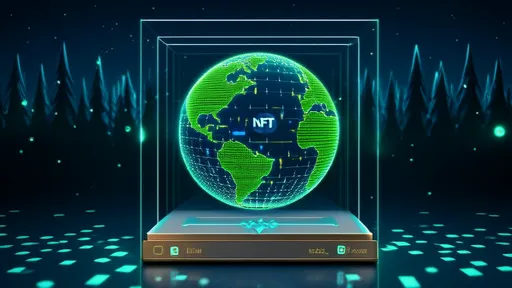
By /Jul 23, 2025
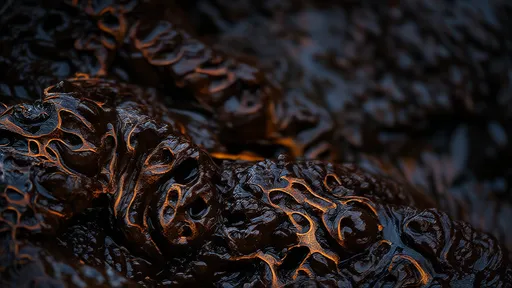
By /Jul 23, 2025

By /Jul 23, 2025
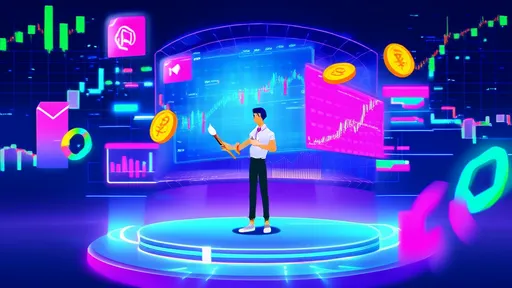
By /Jul 23, 2025
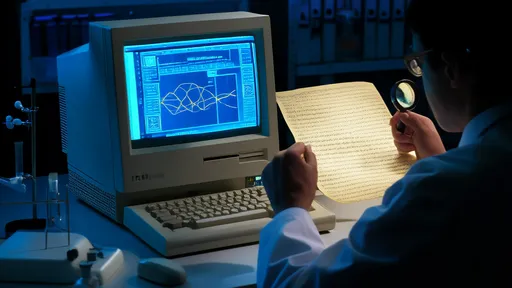
By /Jul 23, 2025
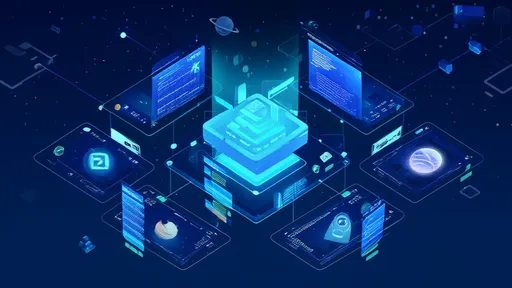
By /Jul 23, 2025
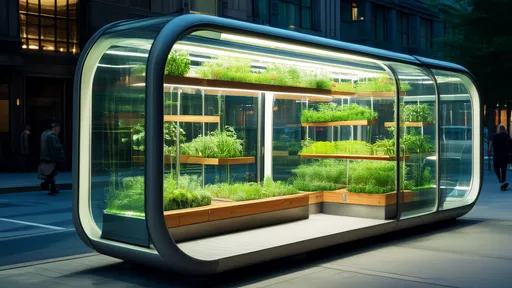
By /Jul 23, 2025